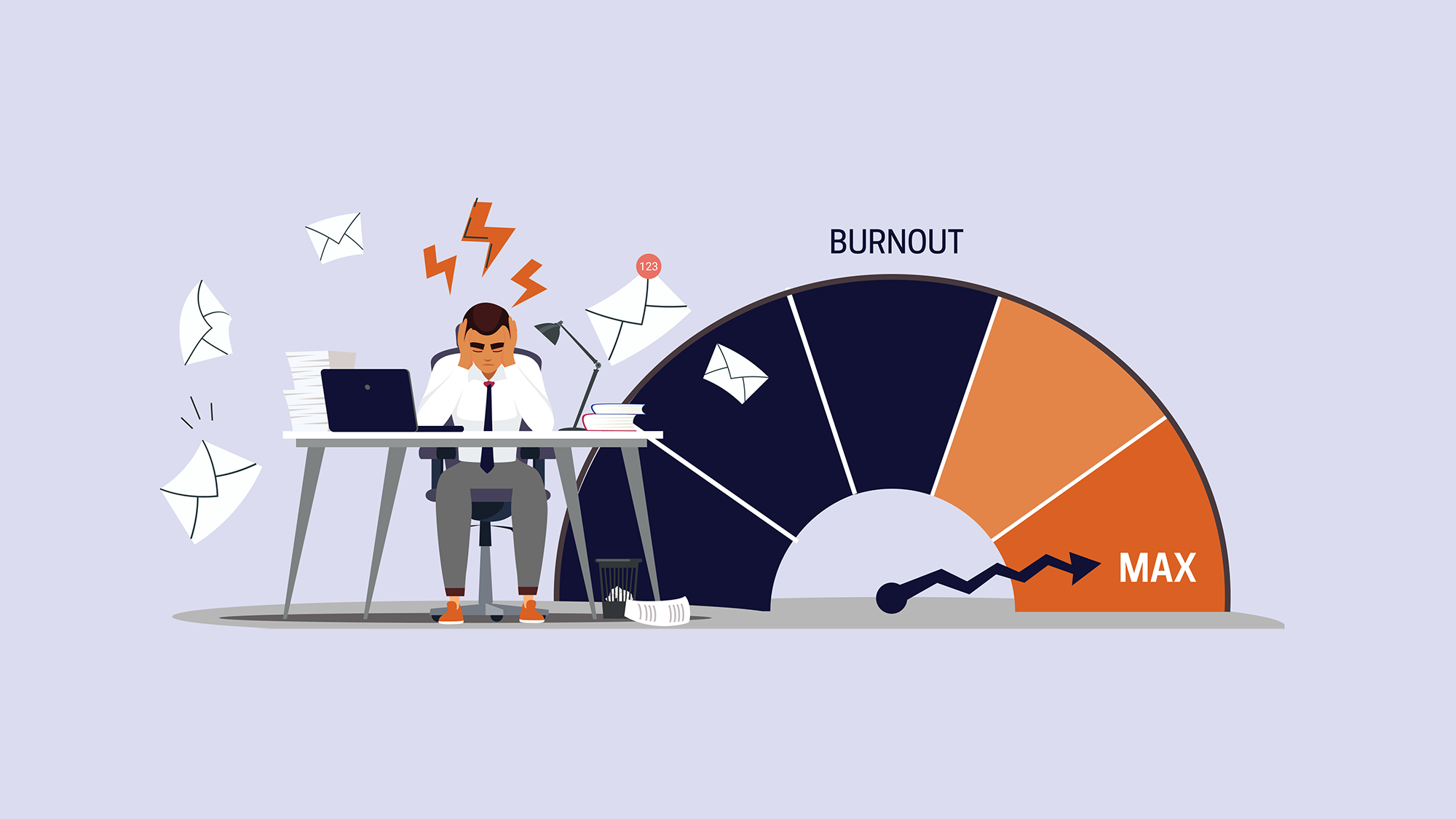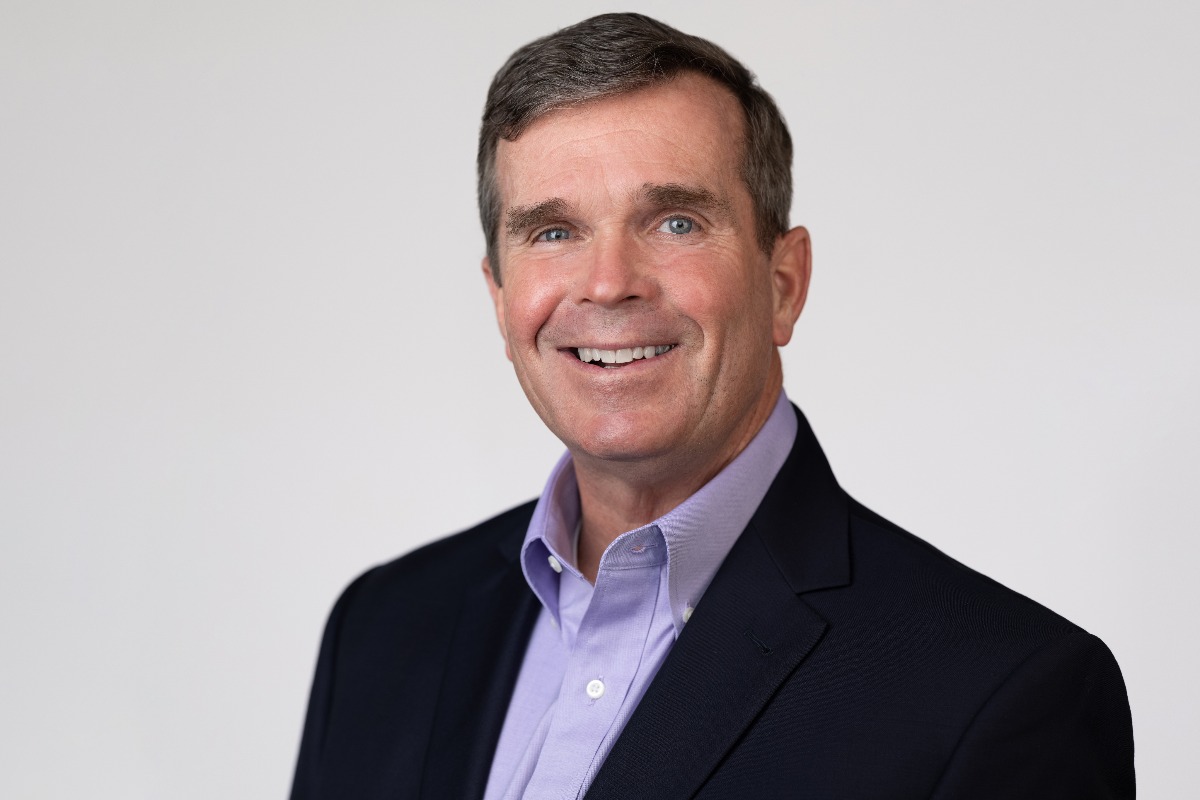Burnout is heightened during crisis response, as energy and bandwidth are stretched thin. Research shows that once employees are burnt out, there's no quick fix. And many organizations' efforts to reverse burnout are unsuccessful. It’s paramount that leaders build resilience among their teams in periods of calm so they are prepared in times of crisis.
The following Q&A with McChrystal Group Senior Principal Tom Seamands details his experience and approach to reducing burnout among his teams. Tom previously served as the Army’s Chief of People overseeing 1.3 million soldiers and civilians. Tom was responsible for creating and implementing strategies to increase retention and decrease burnout. Throughout his career, Tom oversaw teams ranging in size and scope and shares his expertise on how leaders can adapt in order to respond effectively to a rapidly evolving crisis.
Q: Are leaders in the crisis response space seeing burnout as a major challenge?
A: Absolutely. Burnout is a serious concern of senior leaders. They see it and they're afraid of it. The first problem is the burning out of young people who end up going off and doing something elsewhere. Then there’s the burning out of middle management, and as a result, you don't have a bench for the senior leaders.
They are conscious of burnout and are actively trying to invest in their people, give them the necessary training, and create space to take a break. There are also efforts to give team members an opportunity to get a different exposure and not pull the same people into every problem because there's only so much capacity a human has to be able to address things.
Q: Why are the people who do the work, and keeping those teams engaged, important when it comes to crisis response?
A: This is true of whatever area you're talking about, whether it be emergency managers, public health, or anyone in a crisis response leadership role: ignore the people who are around you, and they’ll go away because they don't see a place in the organization or don't think their time and investment is valued.
It's up to a leader to create a culture where people feel valued and can be excited about their roles and look ahead and see a path for themselves 10 or 20 years down the road.
Team building is critical to this and can come in many forms. Most people don’t like getting up in the morning at 6:00 a.m. for physical training, but that’s not the point. The point is about how they feel afterward. Sometimes as a leader, you must do some things that people may not value to avoid burnout over the long run. An early morning run may seem counterintuitive to combat burnout, but a leader must have a pulse on their team, and sometimes a team-building activity like that can boost engagement and camaraderie.
Q: How can a leader effectively explain the “why” behind the importance of doing the things necessary to avoid burnout?
A: As a leader, you must establish priorities and be really clear about what the mission is and what the expectations of your people are.
If the “why” isn’t explained, time will be wasted, and teams can run around in circles, not understanding the mission. They’re just swinging blindly and putting a lot of effort into it. People will work 8 or 10 hours to put a product together or accomplish the objective that they think meets their boss’ desires, but if they miss the mark because of a poor brief or subpar instructions, then the leader ends up redoing the whole thing themselves. This leads to the burnout of both the team and the leader, and the reality is it could have been avoided by ensuring that everyone is on the same page.
Q: How can leaders be an example and advocate for self-care, even in times of crisis?
A: A leader simply can’t expect everyone to work like they do. Somebody once told me that your lowest standards are often your team's highest standards. If you feel comfortable coming in at 10 in the morning, they'll feel comfortable coming in at 10 in the morning. The same is true on the other end of the spectrum. If you never leave the office, then other people never leave the office either, and that contributes to their burnout.
This comes back to expectations and clearly communicating them across the team. People are watching the leaders. If you are telling people to leave at 5:00 p.m. and you’re there until 9:00 p.m., or you tell someone to take a day off, but they can’t remember the last time you took a day off, that can be incongruous and lead to misperceptions.
Leaders can also be intentional about letting people know they value them. Whether it's public recognition or just stopping by and talking to get to know them.
Q: Why is it important to build a culture of resilience and practice these principles in periods of calm so teams are prepared when a crisis hits?
A: If you and your team haven’t thought this through beforehand, it makes crisis mode that much more difficult at a time when you are relying heavily on people and expecting them to be at their best. The more you rehearse, the more you get to know your profession and the people that make up the organization and how they operate. It will pay off.
It's a lot easier if you thought through it ahead of time as opposed to having an original thought in the middle of the crisis, because your thinking may not be as clear as it should be. That helps build resiliency throughout the process so mentally, at least, it won’t be the first time the team has done something.





